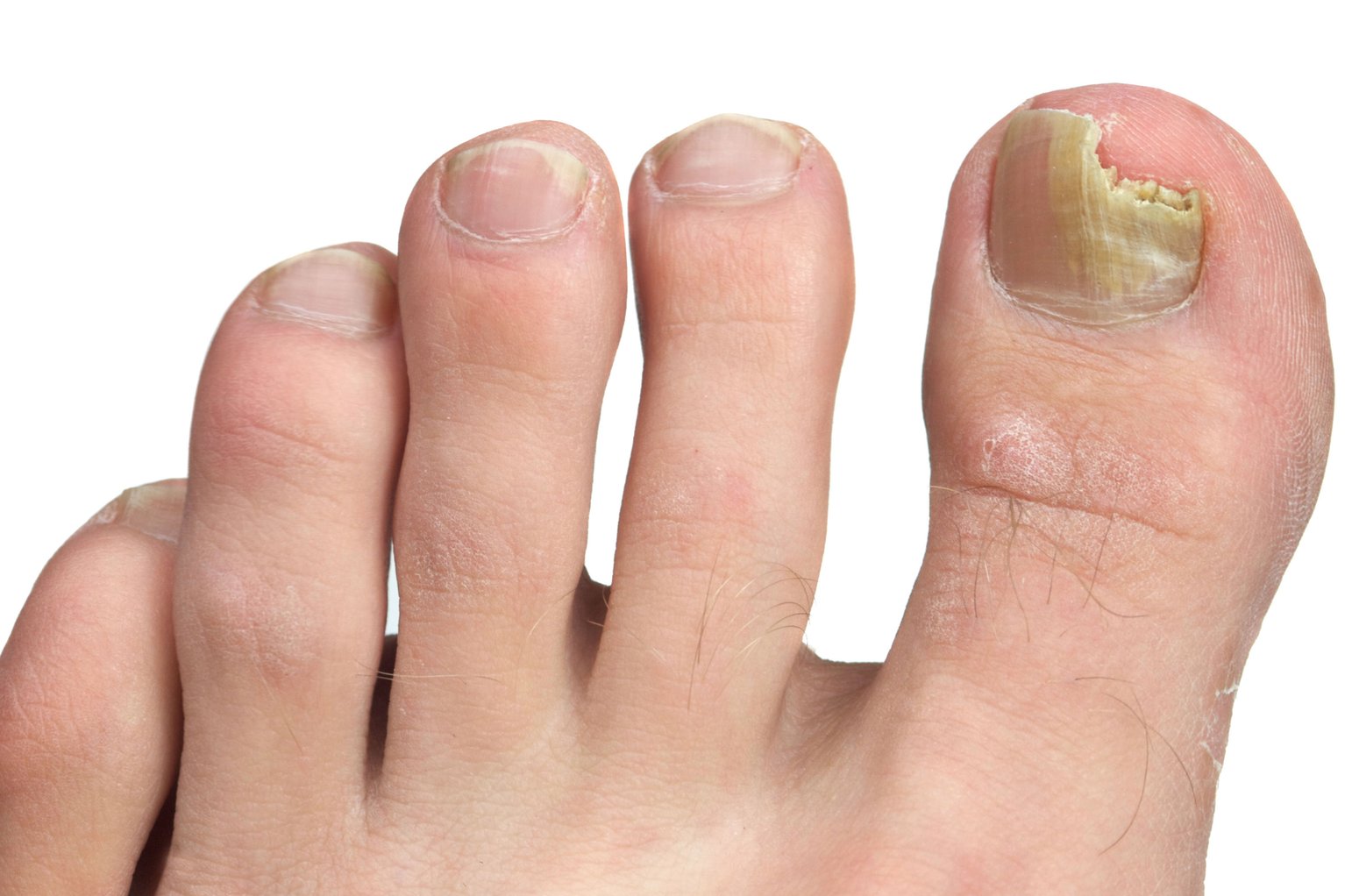Fungal infections
What are the different types of fungal infections?
Fungi, much like bacteria, multiply asexually in a cycle to thrive. The fungi which live on the skin are kept in check by the immune system, which regulates the growth of fungi and prevents them from multiplying too quickly or in large numbers.
In those with compromised or weak immune systems, the fungi can multiply faster than the immune system can handle.
This abundant growth of fungi leads to an infection. Different types of fungi lead to other kinds of infections. Depending on the type of fungi and whereabouts on the body the infection occurs will determine the affliction - be it oral thrush, athlete's foot, jock itch or fungal nail infections.
Athlete's foot (tinea pedis) is a fungal infection that affects the toes and the toe web space— the area between the toes.
Jock itch (tinea cruris) usually affects the groin and inside the thigh, causing red, dry, cracked skin around the afflicted area.
Ringworm (tinea corporis) causes a ring-shaped rash on the arms, legs or buttocks. Despite the name, it is not caused by any type of worm.
Fungal nail infection. When fungus infects the skin under the nail, known as the hyponychium, it is referred to as a fungal nail infection (tinea unguium).
Fungi can become resistant to antifungal treatments if they are overused, though this issue is not as widespread as antibacterial resistance. If you experience a repeat recurrence of fungal skin infections, it might be worth speaking to your doctor about preventative measures to keep you from becoming infected, rather than using antifungal treatments for long periods of time.
How can you prevent fungal infections?
Keep your skin clean and dry.
Wear footwear that allows air to circulate freely around your feet.
Wear slippers in areas like changing rooms or public showers.
Clip your fingernails and toenails short and keep them clean.
Change your socks and underwear regularly.
Don’t share clothing, towels, sheets, or other personal items with someone who has a fungal infection.
If you’re an athlete involved in close-contact sports, shower immediately after your practice session or match, and keep all of your sports gear and uniform clean.
Don’t share sports gear (helmet, etc.) with other players.
Are Fungal infections common?
Fungal skin infections are relatively common and affect between 5% and 25% of the population at any one time, with athlete's foot being the most prevalent fungal infection. While they are relatively easy to treat, there is no vaccine against fungal infections, which means that it is possible to be re-infected. If you regularly experience fungal infections, speak to your doctor - they will be able to offer the most suitable guidance for you.
What are the differences between Terbinafine cream and Terbinafine tablets?
Cream
Terbinafine cream should be used for several weeks to treat fungal infections effectively. Your infection may not clear fully until a number of weeks after finishing treatment. How long you will need to use the cream for, and the rate of recovery, will be dependent on the particular infection you have.
Terbinafine cream is typically used for mild skin infections and is the first-line treatment for fungal nail infections. Terbinafine 1% topical cream is administered directly to the affected area.
Terbinafine Tablets
Terbinafine tablets are more effective at treating nail infections, or fungal infections which have spread to other parts of the body. The duration for which you will need to take the tablets will depend on the severity of the infection.
Medication-induced liver injury due to Terbinafine was identified shortly after its introduction into medical use.
Here at PrescriptionDoctor, our prescribers will always ask if you've any liver complications and if you've had a liver function test in the last six months.
Is it a fungal nail infection?

Fungal nail infections sometimes start at the edge of the nail.

The nail becomes brittle, and pieces can break off. Sometimes the whole nail lifts off. This can cause pain and swelling in the skin around the nail.
A pharmacist can help with fungal nail infections
If you are finding it difficult to book a doctor's appointment, you can speak to a pharmacist if the look of your nail bothers you, or if it's painful.
The pharmacist may offer:
- antifungal nail cream – it can take up to 12 months to cure the infection, and it does not always work
- nail-softening cream – it's used for 2 weeks to soften the nail so that the infected part can be scraped off
Visiting a pharmacy does not require an appointment, and the pharmacist will provide free medical advice.
If you have tried over-the-counter antifungal nail creams, the pharmacist may recommend that you see a doctor.
The nail infection is cured when you see a healthy nail growing back at the base.
Authored By

Adil Bhaloda
Content AdministratorPublished on: 09/12/2021
Reviewed By

Mohamed Imran Lakhi
MPharm - Lead PharmacistReviewed on: 05/06/2025
© 2013 - 2025 Al Muhsineen Limited. All Rights Reserved. Registered Pharmacy: 34 Halliwell Road, Bolton BL1 8RL. Registered Office: 254 First Floor, Shearbrow, Blackburn, England, BB1 8DS





